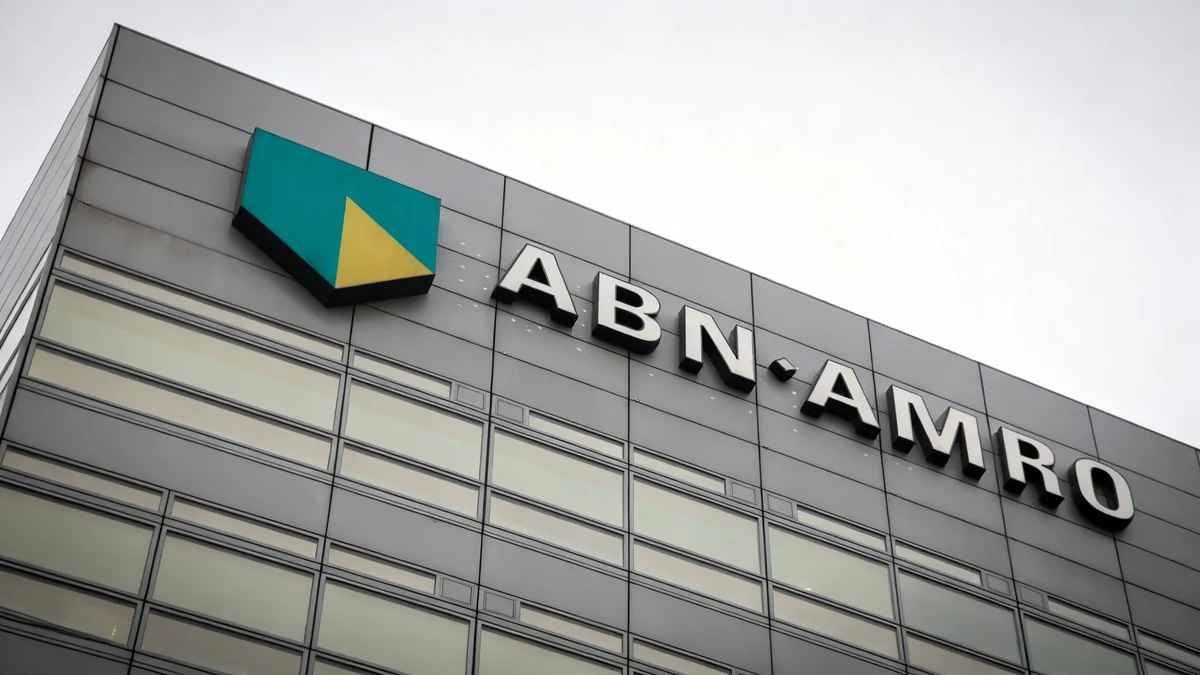Yahoo, a foundational name in the internet's history, continues to operate as a significant player in the digital media landscape through a diverse collection of subsidiary brands. Now under the ownership of private equity firm Apollo Global Management, the company's strategy hinges on leveraging the strengths of well-known platforms like AOL, Engadget, and TechCrunch to maintain relevance and drive revenue in a highly competitive market.
While no longer the search giant it once was, Yahoo's modern identity is that of a media conglomerate. Its portfolio spans news, finance, sports, and technology, reaching hundreds of millions of users globally. This approach allows the company to capture varied audience segments and advertising streams, positioning it as a quiet but substantial force in online content and services.
Key Takeaways
- Yahoo operates a broad portfolio of digital media brands, including AOL, TechCrunch, Engadget, and Yahoo Finance.
- Since its acquisition by Apollo Global Management in 2021, the company has focused on streamlining operations and integrating its various assets.
- The strategy involves leveraging established brand equity in niche markets like technology and finance to compete against larger rivals.
- Yahoo's revenue model is heavily reliant on digital advertising, a sector facing significant competition and macroeconomic pressures.
The Modern Structure of a Web Pioneer
Once a dominant force in web search and email, Yahoo's trajectory has shifted dramatically over the past two decades. Following its sale by Verizon to Apollo Global Management for approximately $5 billion in 2021, the company was recapitalized and set on a new course. The acquisition marked a new chapter, separating it from the telecom giant and allowing for a more focused approach to its media and technology assets.
The current iteration of Yahoo is a holding company for a range of digital properties. Each brand within the "Yahoo family" targets a specific demographic or interest group. This diversification is a core element of its business model, designed to mitigate risks associated with reliance on a single platform.
From Search Giant to Media Conglomerate
Founded in 1994, Yahoo was one of the earliest and most successful internet companies. It dominated web search before the rise of Google and was a leader in email and news aggregation. However, increased competition and missed opportunities, such as the chance to acquire Google and Facebook in their early days, led to a decline in its market leadership. Today, its focus is almost entirely on content and advertising technology.
Under the leadership of CEO Jim Lanzone, who took the helm in 2021, the company has emphasized growth in its core high-performing areas. These include Yahoo Finance, which remains a leading destination for financial news and data, and Yahoo Sports, which has a dedicated user base.
Leveraging a Portfolio of Niche Leaders
A key part of Yahoo's strategy is the strength of its specialized media brands. Rather than competing head-on with giants like Google and Meta in every category, Yahoo leverages its established leaders in specific verticals.
Technology and Gadgetry Coverage
Through properties like Engadget and TechCrunch, Yahoo maintains a powerful presence in the technology news sector. Engadget focuses on consumer electronics reviews and news, while TechCrunch is a leading voice on startups, venture capital, and the broader tech industry. These brands command authority and attract a valuable, tech-savvy audience that is highly sought after by advertisers.
"Our portfolio gives us a unique advantage. We can serve a wide range of interests, from the casual news reader to the dedicated financial analyst or tech enthusiast, all under one corporate umbrella," a company spokesperson noted in a recent industry brief.
This vertical-specific approach allows for targeted content and advertising, creating more effective monetization opportunities than a one-size-fits-all platform might offer.
Finance and News Verticals
Yahoo Finance is arguably one of the company's most successful assets. It provides free stock quotes, financial news, and portfolio management tools, competing directly with specialized services from Bloomberg and Reuters. Its widespread use makes it a cornerstone of Yahoo's advertising revenue.
Similarly, Yahoo News operates as a major news aggregator, curating content from various partners. While it doesn't produce much original journalism under the main Yahoo banner, its massive reach makes it a significant distribution channel for other media outlets and a key platform for programmatic advertising.
Audience Reach
According to company statements, Yahoo's family of brands collectively reaches nearly 900 million monthly active users worldwide. This vast audience makes it an attractive platform for advertisers looking to achieve scale across diverse demographics.
Navigating a Challenging Advertising Market
Like many digital media companies, Yahoo's financial health is closely tied to the global advertising market. The company generates the majority of its revenue from selling ad space across its websites and apps. This makes it vulnerable to economic downturns and shifts in advertiser spending.
The digital ad landscape is dominated by Google and Meta, which together capture a significant portion of total revenue. Yahoo competes for the remaining share against a host of other platforms, including Amazon, TikTok, and major news publishers. To stay competitive, Yahoo has invested in its own ad tech stack, offering advertisers a suite of tools for buying, managing, and measuring their campaigns.
The company's strategy involves offering a unified advertising platform that allows marketers to buy ads across all Yahoo properties. This simplifies the process and provides advertisers with broad reach and diverse audience segments, from the finance-focused readers of Yahoo Finance to the younger, trend-conscious users of In The Know, its lifestyle and video platform.
Future Outlook and Potential Hurdles
Looking ahead, Yahoo faces several challenges and opportunities. The transition to a post-cookie advertising world requires significant investment in new identity and targeting solutions. The company must innovate to provide effective advertising without relying on third-party cookies, a change that is reshaping the entire industry.
Furthermore, competition in the content space remains fierce. The rise of video-first platforms like TikTok and the continued dominance of YouTube mean that legacy text-and-image-based sites must constantly evolve to retain user engagement. Yahoo's investment in video content through platforms like In The Know is a direct response to this trend.
Under private equity ownership, there is also constant pressure to improve efficiency and profitability. This has led to several rounds of layoffs and strategic restructuring since the Apollo acquisition, as the company aims to streamline its operations and focus on its most profitable divisions.
The ultimate success of Yahoo's strategy will depend on its ability to effectively integrate its diverse brands, innovate in ad technology, and continue providing valuable content that keeps its massive user base engaged in an increasingly fragmented digital world.





